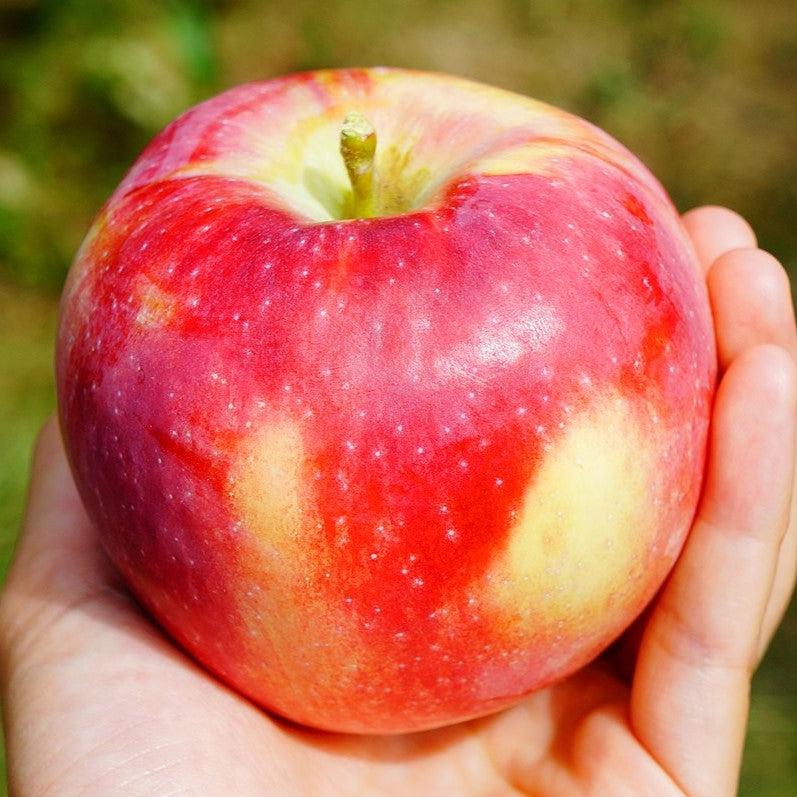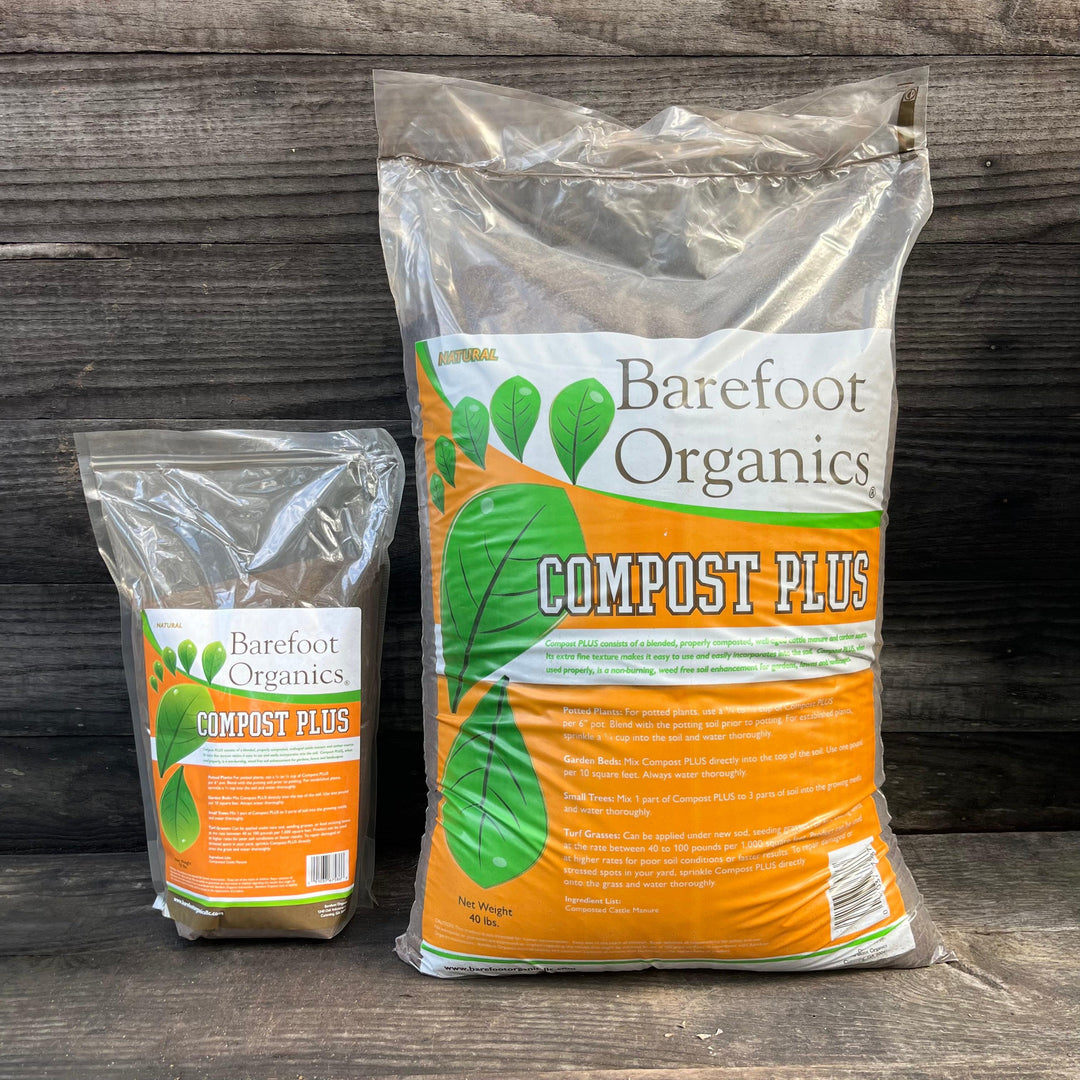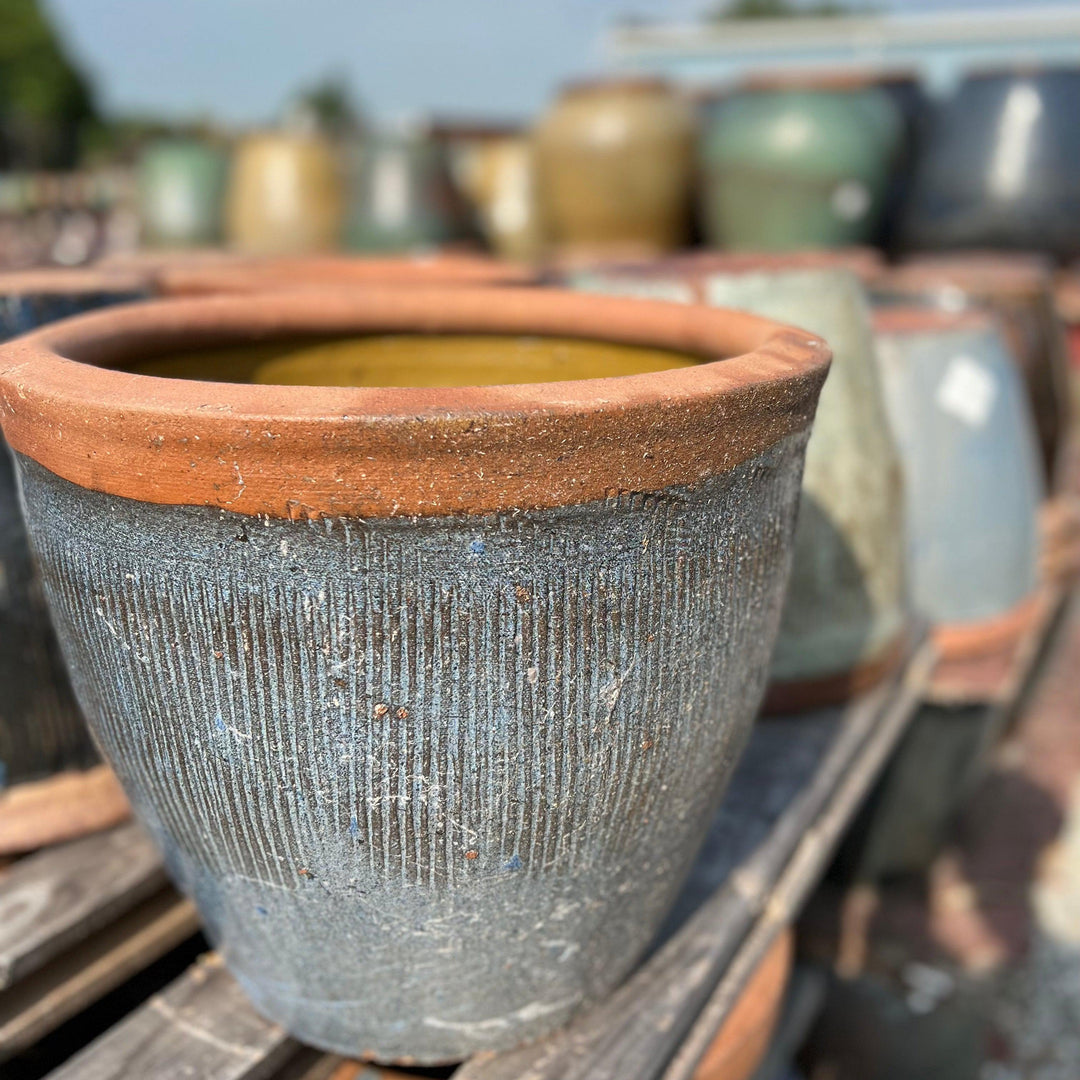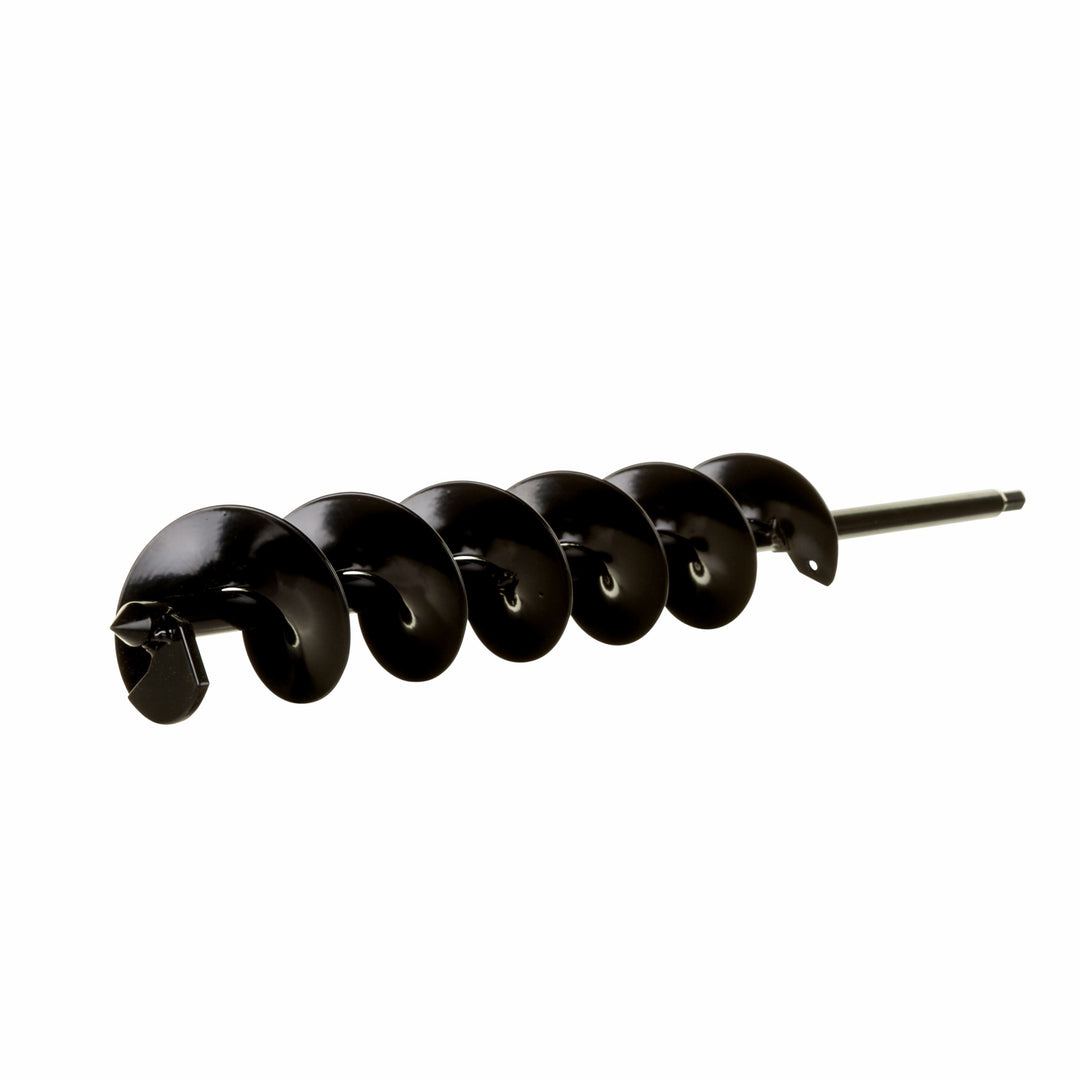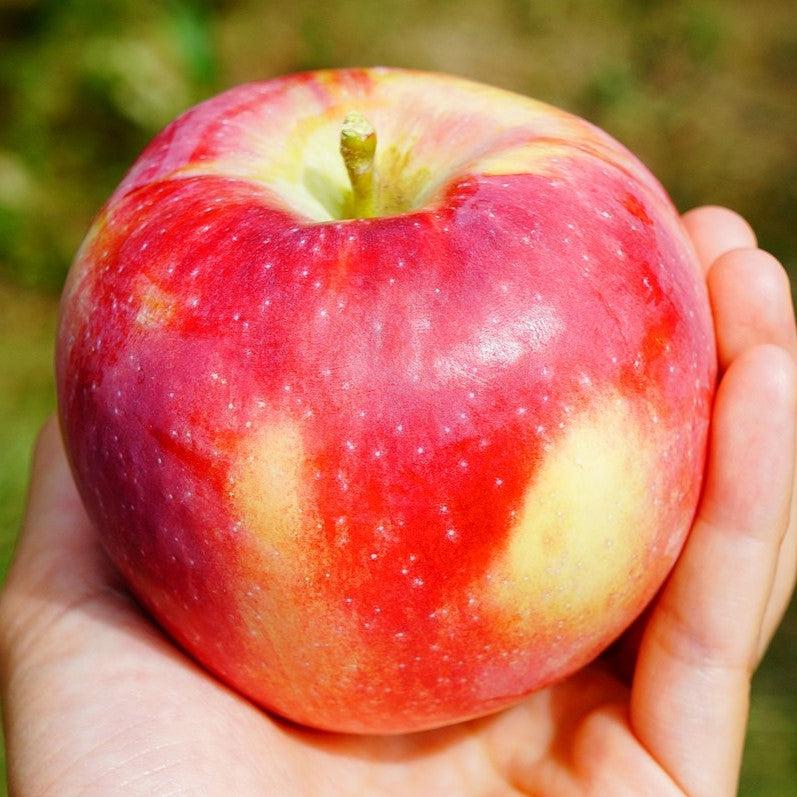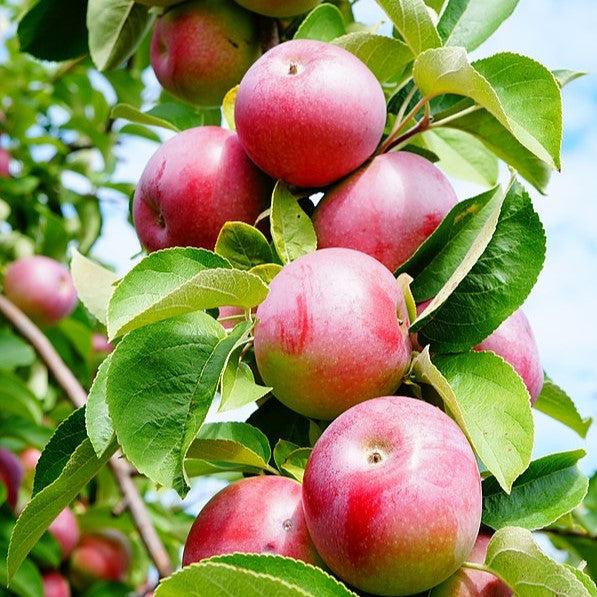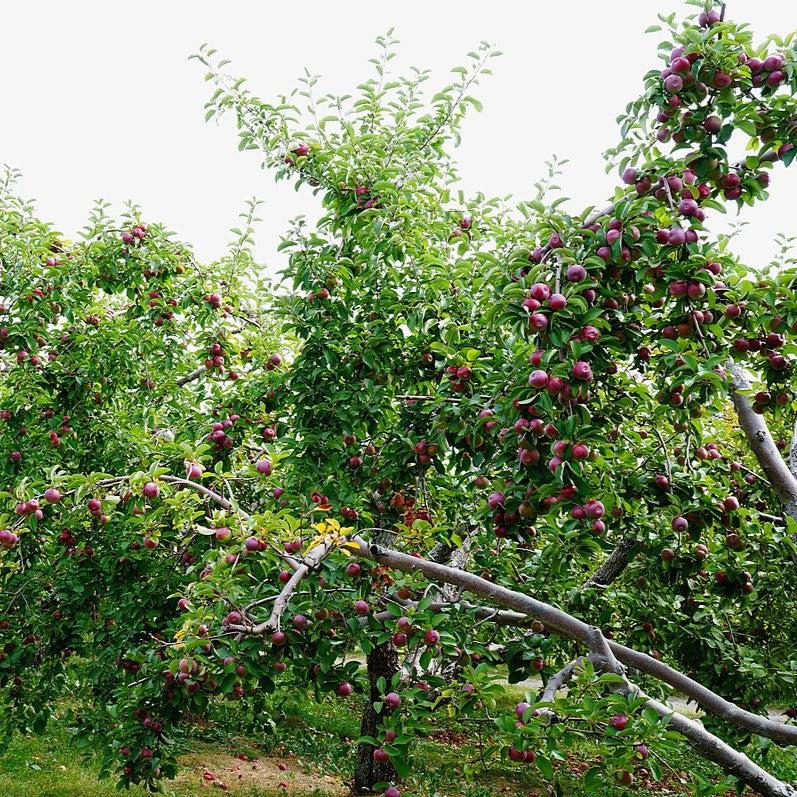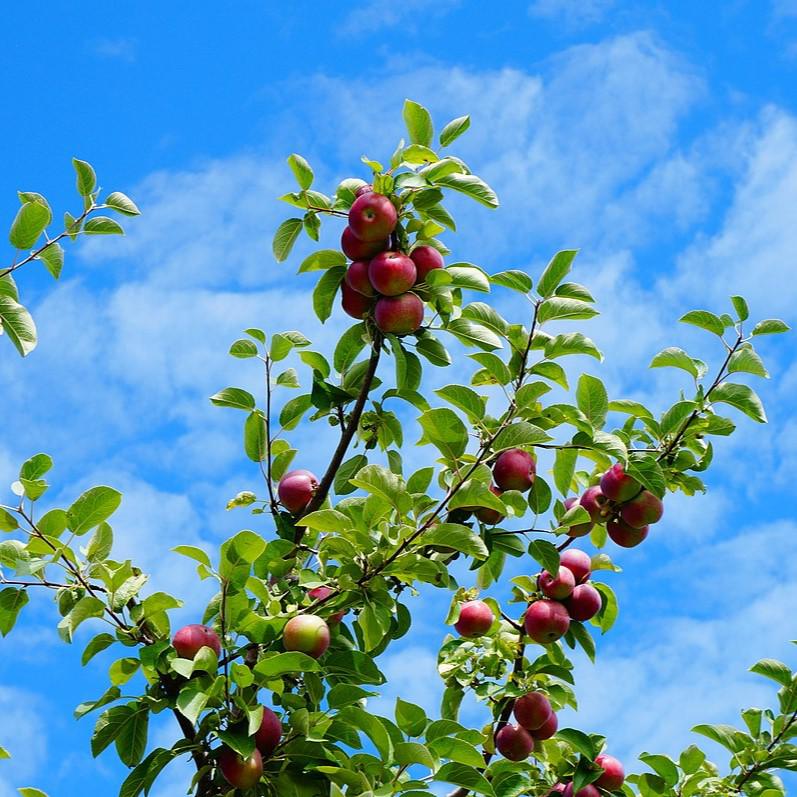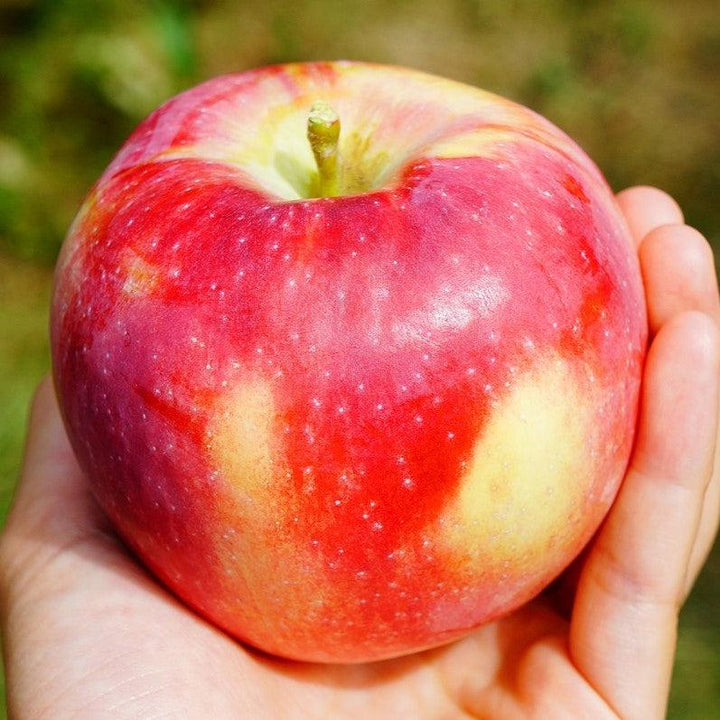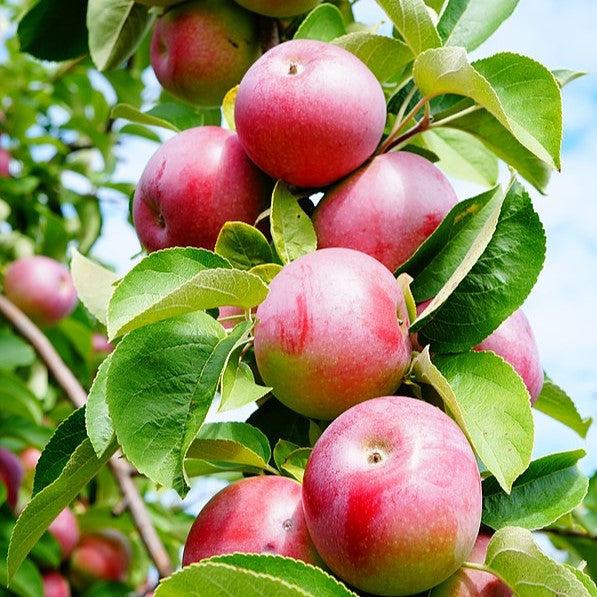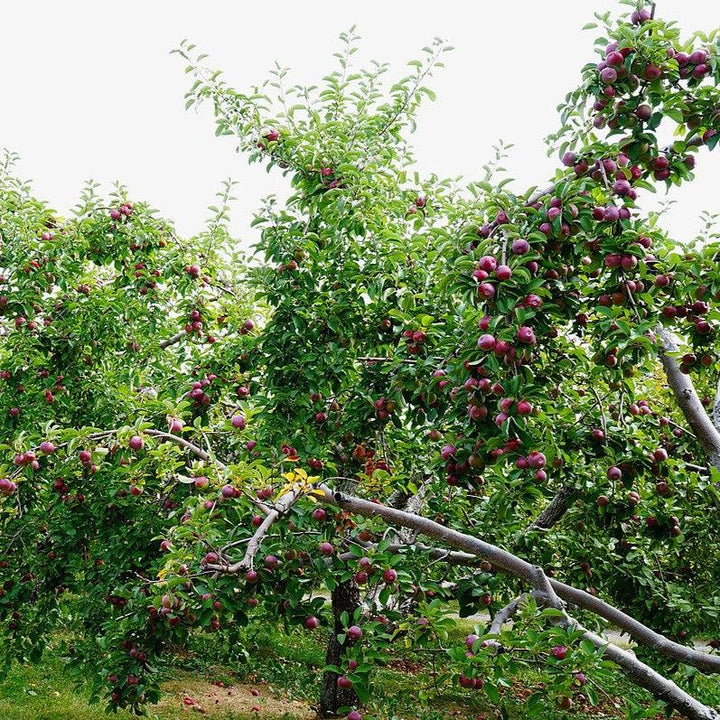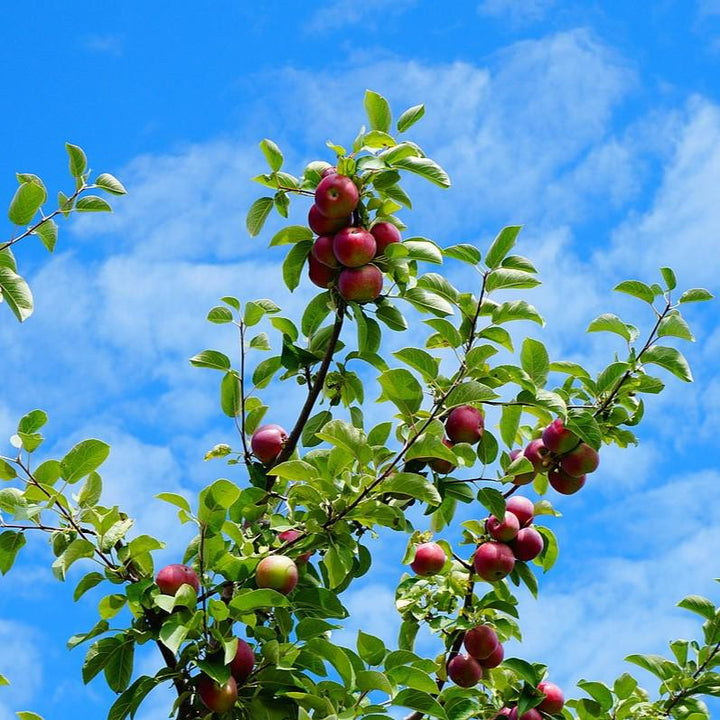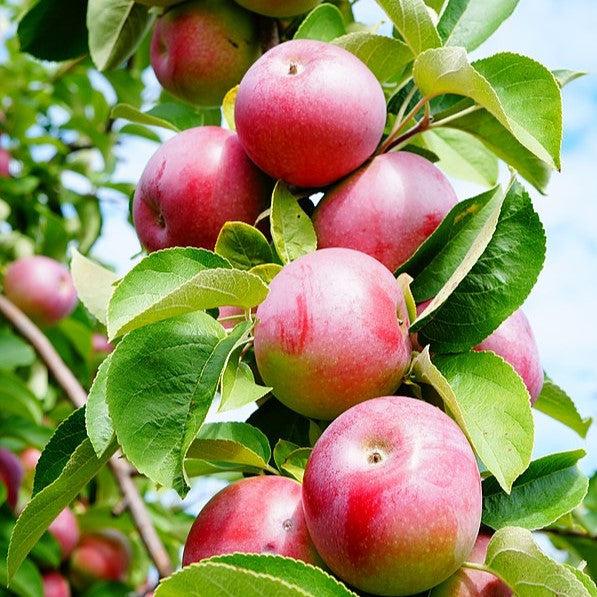McIntosh Apple is a fruiting deciduous tree that produces a heavy crop of light, tangy red apples that ripen earlier, in mid September. It has an early to mid bloom season of white flowers. Fruits best in full sun and loamy well-drained, slightly acidic soils. McIntosh requires a pollinator; common pairs include: Honeycrisp, Pink Lady, and Winesap. Has good disease resistance.
|
Type: |
Tree |
|
Origins: |
Central Asia and Afghanistan |
|
Height: |
15' - 20' |
|
Spread: |
15’ - 20' |
|
Spacing: |
18' |
|
USDA Hardiness Zone: |
3 - 8 |
|
Culture: |
Full Sun |
|
Bloom Color: |
White |
|
Season of Interest: |
Spring, Fall |
MAINTENANCE NEEDS: High Maintenance. Water Regularly. Potential issues include apple scab, cedar apple rust, fire blight, leaf spot and and powdery mildew. Possible pests are aphids, maggots, boreres, and spider mites. Most commercially available Apples are grafted onto their rootstock, resulting in dwarf (8-10ft), Semi-dwarf (12-15ft) or standard tree heights all with full sized fruits. Ask the provider the rootstock classification for estimated size. Dwarf stock is easier to maintain and produces fruit at an earlier age.
LANDSCAPE USES: Accents or Group Plantings, Borders, Wildlife Gardens, Shade Tree, Edible Garden, and Container.
COMPANION PLANTS: Apple, Shasta Daisy, Bugleweed
IMAGES: Jiaqian AirplaneFan, Holding McIntosh apple - panoramio, CC BY 3.0, (2) Jiaqian AirplaneFan, Healthy McIntosh apples - panoramio, CC BY 3.0, (3) Jiaqian AirplaneFan, McIntosh apples on apple trees - panoramio, CC BY 3.0, (4) Jiaqian AirplaneFan, McIntosh apples touching the sky - panoramio, CC BY 3.0
* As plants have ranges in appearance they may not appear as the images shown.


